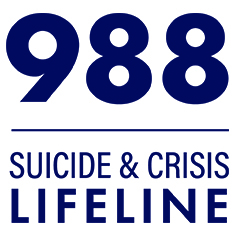Suicide in the U.S. Army
October 27, 2017
Recent data revealed that 79 percent of U.S. Army soldiers who died by suicide had a lifetime history of a mental disorder. This data came from the Army Study to Assess Risk and Resilience among Service Members (Army STARRS), the largest and most comprehensive psychological autopsy study of suicide among military personnel ever conducted. According to the authors, these findings suggest that there are opportunities to identify and intervene when soldiers are at risk for suicide.
Using demographic information as well as data on related risk factors collected from next of kin and military supervisors, the authors examined three groups: (1) soldiers who died by suicide; (2) control soldiers matched on sociodemographic risk factors; and (3) control soldiers who reported suicidal ideation in the past year.
The authors found very few differences between soldiers who died by suicide and the control group of soldiers who expressed past-year suicidal ideation. Both groups were similar in prior history of mental illness, number of past mental disorders, and the likelihood of reporting their thoughts of suicide to others.
However, information from next of kin showed that those who died by suicide were more likely than both control groups to have had an active mental disorder in the past 30 days, especially major depression or another internalizing disorder. They were also more likely to have had three or more mental disorders in the past 30 days. This research points to a particular need for suicide screening and intervention for military personnel during acute episodes of a mental disorder.
Nock, M. K., Dempsey, C. L., Aliaga, P. A., Brent, D. A., Heeringa, S. G., Kessler, R. C., . . . Benedek, D. (2017). Psychological autopsy study comparing suicide decedents, suicide ideators, and propensity score matched controls: Results from the study to assess risk and resilience in service members (Army STARRS). Psychological Medicine, 47(15), 2663–2674.
